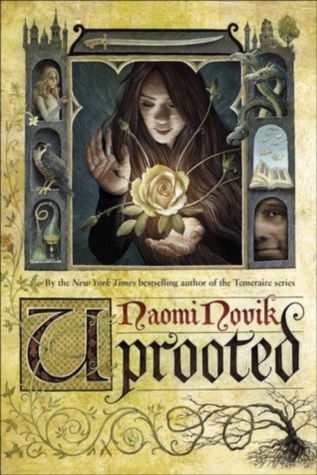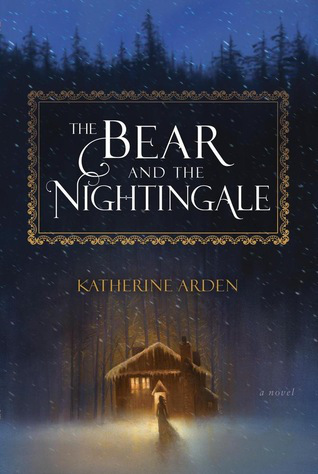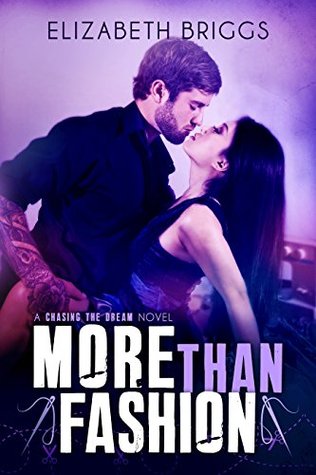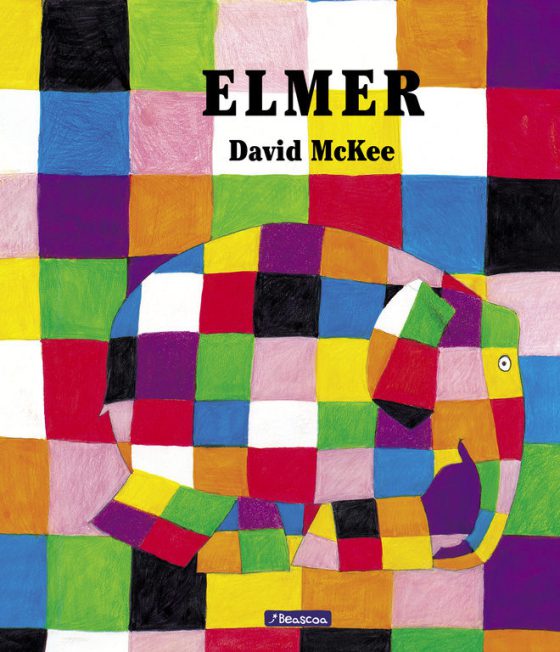Over the weekend I finished Katherine Arden’s The Bear and the Nightingale and it was great and full of really interesting women and frost demons and Russian folklore, and maybe it was because I listened to the audiobook version of it but I kept thinking it had a lot in common with Naomi Novik’s Uprooted, which I also listened to on audiobook.
While The Bear and the Nightingale is more historical fantasy and Uprooted is second-world fantasy, they both draw on Slavic history and folklore for their worldbuilding and fantasy elements. The Bear and the Nightingale is about a boyar’s family in the Russian countryside who live close to the great forest where dwell the frost demon and his brother the bear, along with a host of other nature spirits, and focuses on the life of Vaselisa Petrovna, a young woman born with her great-grandmother’s gifts to communicate with these spirits, whom many people consider no more than fairy tales. Vaselisa is called upon not only to fight the bear, who would overrun all human settlements near his forest, but also the religious fervor that is driving the old spirits from the land before the new Christian religion.
Agnieszka, in Uprooted, on the other hand, becomes the assistant to the Dragon, a powerful wizard who has vowed to protect her valley from the forest that constantly threatens it, for as long as he lives. Agnieszka is chosen as his next assistant because she possesses some magic abilities of her own, and the two develop a relationship because he feels he must teach her to use her power. Eventually, Agnieszka must face the malice of the forest and try to defeat it. The secrets of the novel, of course, lie in Novik’s reinterpretation of Slavic fairy tales, including Baba Yaga, and the pseudo-fae history of the forest and the valley in which it lies. Agnieszka must use the magical knowledge she’s obtained, combined with her village’s old tales, to understand what is really happening in the forest.
Each novel deals with the ramifications of being a powerful woman in a society that distrusts women and magic, as well as the feeling of being trapped or hemmed in–Agnieszka in the Dragon’s tower, and Vaselisa in her family’s house, wrapped about by winter and the stifling presence of her step-mother and the priest who seeks to rid the village of the old spirits. Both novels also find a way to build strong relationships between women, and show what happens when those relationships are curtailed or threatened.
So if you like Slavic folk tales, forest settings, and strong-willed young women, both of these novels are for you.

 Advertisements
Share this:
Advertisements
Share this:




